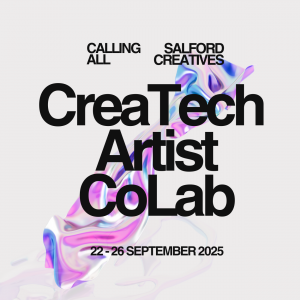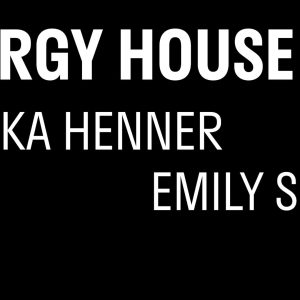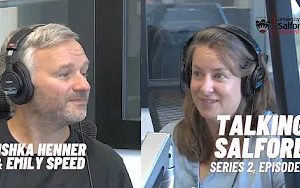
New exhibition coming soon: Mediated Realities
A new exhibition coming to the New Adelphi Exhibition Gallery at the University of Salford in September 2025.

A new exhibition coming to the New Adelphi Exhibition Gallery at the University of Salford in September 2025.

COMING SOON - An new exhibition exploring the way artists have dealt with times of crisis and conveying information in the modern era - curated by our Team Assistant; Sam Parker.

A new artist development and commission opportunity for early career or emerging creative connected to Salford - wishing to explore creative technologies. Deadline to apply: 11 August 2025

Selfie offers a different kind of self-portrait, using a highly reflective surface that acts like a black mirror. The camera has zoomed out far beyond the Earth’s atmosphere, allowing the viewer to simultaneously ‘see themselves, the world, and everything they’ve ever known, all in one frame’. Want to know more? Find out here!

In Spring 2025 we launched an ambitious exhibition of new work by artists Mishka Henner and Emily Speed, in partnership with the Castlefield Gallery, Open Eye Gallery and Energy House Labs. The exhibition is the culmination of 18-month Artist Residencies with Energy House 2.0 at the University of Salford. Find out more here.

Want to know more about our Artists in Residence at Energy House 2.0? In this special edition of Talking Salford Podcast, both Mishka Henner and Emily Speed talk about their practices, projects, careers, and the work they are doing in collaboration with Energy House 2.0!

The latest updates from Mishka Henner, artist in residence at the University of Salford's world-leading research facility Energy House 2.0.

Sam Parker shares his thoughts on LOOK Climate Lab 2024 at Open Eye Gallery, Liverpool, featuring work from Energy House 2.0 Artist-in-Residence Mishka Henner.